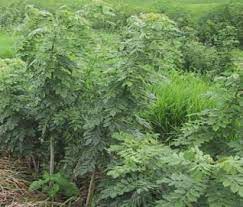NUTRITIVE EVALUATION OF SOME BROWSE TREES FRUITS (SEED AND PODS) AS DRY SEASON SUPPLEMENT FOR LIVESTOCK IN ARID AND SEMI-ARID LANDS OF SUDAN
Keywords:
Fodder trees, Minerals, Butana, SudanAbstract
High nutritive value for livestock is an essential pre-requisite for successful adoption of forage species. Without high quality, farmers may not achieve the economic animal responses they require to justify their investment. On the other hand, in areas where feed resources are grossly inadequate, or other uses are equally important, farmers may accept a more modest contribution from browse, especially if the species is indigenous and does not require specific introduction and management.
In evaluating forage species, it is important to obtain information on crude protein content, digestibility and forage intake. These values usually determine the amount of energy that can be obtained by animals. In individual situations, high ash or oil content may also affect quality.
In the present study, nine forage tree species were evaluated for their nutritional value in terms of nutrient composition namely ,crude protein (CP), crude fiber (CF), starch, fat and ash content, in addition to mineral concentration . Results obtained showed adequate amount of protein and variable mineral levels, available for livestock during dry periods in arid and semi- arid lands of Sudan.

